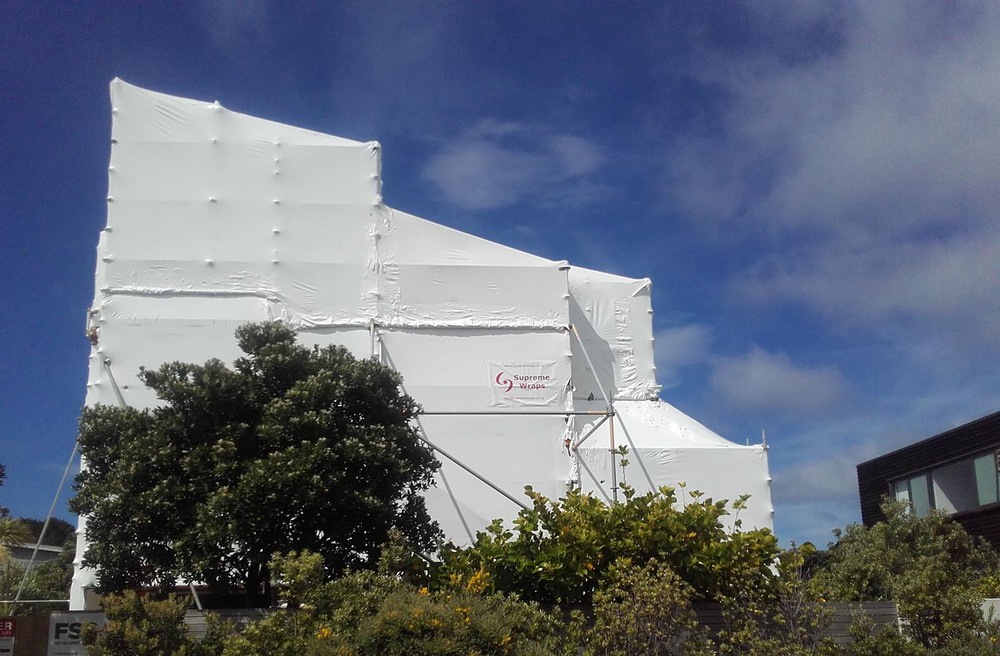Safety is a paramount concern in the construction industry, and one crucial aspect is fall protection. Falls from height remain a leading cause of injuries and fatalities in construction, emphasizing the importance of comprehensive safety measures. Safety nets are a key component of fall protection systems, providing a last line of defense against falls. This article explores the compliance and regulations surrounding safety nets installation in construction, offering insights into the standards that ensure a safer working environment.
- Understanding the Need for Safety Nets
Construction sites often involve work at elevated heights, exposing workers to the risk of falls. While other fall protection measures like guardrails and personal fall arrest systems are essential, safety nets offer an additional layer of protection. Installed strategically beneath work areas, safety nets are designed to catch and cushion a worker in the event of a fall, significantly reducing the risk of severe injury or death.
- Regulatory Framework: OSHA Standards
The Occupational Safety and Health Administration (OSHA) in the United States provides comprehensive regulations to ensure the safety and well-being of workers in the construction industry. OSHA's standards regarding safety nets can be found primarily in Subpart M (Fall Protection) of the Construction Standards (29 CFR 1926). It is crucial for construction professionals and safety officers to familiarize themselves with these standards to ensure compliance.
2.1 General Requirements:
- OSHA mandates that safety nets be installed as close as practicable under the walking/working surface, but never more than 30 feet below.
- Safety nets must extend outward from the outermost projection of the work surface to a sufficient distance to prevent a falling worker from striking a lower level.
- The installation of safety nets should comply with the net installation criteria outlined in OSHA standards, ensuring proper mesh size, strength, and structural integrity.
2.2 Strength and Performance Criteria:
- Safety nets must be capable of absorbing the impact energy of a falling worker.
- OSHA specifies the minimum impact force resistance and maximum deflection requirements for safety nets. These criteria are essential for the net to effectively arrest a fall and prevent injuries.
2.3 Installation and Inspection:
- Safety nets must be installed by qualified personnel according to the manufacturer's instructions.
- Regular inspections of safety nets are required to identify and address any damage or wear promptly. Damaged nets must be repaired or replaced to maintain their effectiveness.
- Qualified Personnel and Training
Installation and maintenance of safety nets should be entrusted to qualified personnel with the necessary training and expertise. OSHA emphasizes the importance of training workers involved in the installation, inspection, and use of safety nets. Training programs should cover topics such as:
- Proper installation techniques.
- Inspection protocols for identifying wear and damage.
- Procedures for safely removing and replacing damaged nets.
- Design Considerations for Safety Nets Installation
Beyond regulatory compliance, there are critical design considerations that impact the effectiveness of safety nets. These include:
4.1 Mesh Size:
- OSHA requires safety nets to have a mesh size not exceeding 6 inches by 6 inches. This size limitation is essential for preventing a worker's body, tools, or materials from passing through the net.
4.2 Border Rope and Mesh Strength:
- The border rope and mesh strength of safety nets must meet specific standards to ensure they can withstand the forces generated during a fall. Regular testing and adherence to manufacturer specifications are crucial.
4.3 Net Layout and Configuration:
- Safety nets should be installed with consideration for the layout of the work area and potential fall hazards. Proper configuration ensures comprehensive coverage and minimizes the risk of a falling worker missing the safety net.
- Integration with Other Fall Protection Systems
Safety nets are often part of a broader fall protection system that includes guardrails, personal fall arrest systems, and other measures. Integration of these systems is crucial to providing a comprehensive safety solution. Workers must be trained on the proper use and coordination of safety nets with other fall protection measures.
- International Standards and Best Practices
While OSHA standards primarily apply to construction activities in the United States, various international standards and best practices also guide safety nets installation globally. Organizations such as the International Safety Net Association (ISNA) provide valuable resources and guidelines to promote safety in the use of safety nets.
Conclusion
In the dynamic and high-risk environment of construction, fall protection is non-negotiable. Safety nets serve as a critical element in preventing injuries and fatalities resulting from falls. Understanding and complying with regulatory standards, such as those set by OSHA, is essential for ensuring the proper installation, use, and maintenance of safety nets on construction sites. By prioritizing compliance, investing in quality materials, and providing comprehensive training, construction professionals can create a safer working environment that protects the well-being of every worker at height.


No comments yet